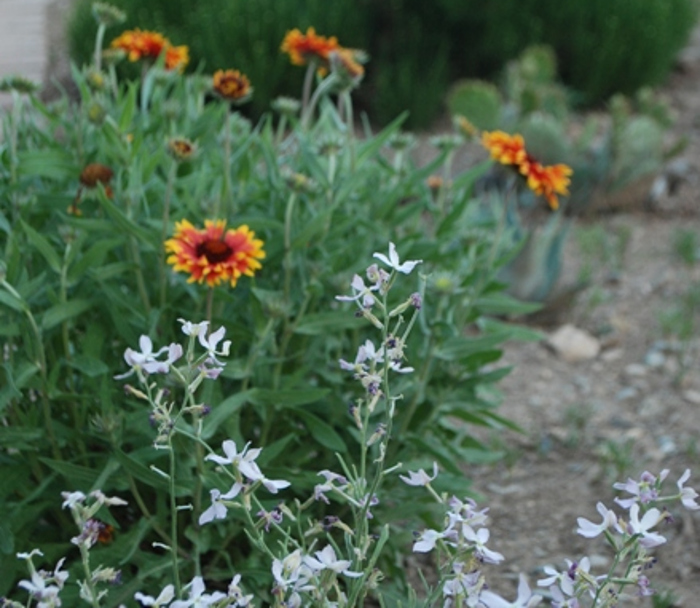Gardening books and plant tags often tell homeowners to “water the plant to a depth of xx inches.” That’s all well and good, but since I am not a gopher and don’t have x-ray vision, how do I know how deep water goes when I soak a tree or bush? And why is it important?
Overwatering is not just wasteful, but can harm plants. Take the tomato, or don’t take it if it has cracked from overwatering or inconsistent watering. Using a well can help ensure that you water your tomato the same depth each time, assuming the water flow is fairly slow and steady.

A tomato well holds water in place and helps me keep track of the amount I water each time. That’s important once the fruit starts growing.
Of course, there are plenty of calculations you can do, including soil tests. But there are easier ways to find out. For small ornamentals and container plants, just dig your finger in and check the soil. Most plants need water when the soil is dry down to a half-inch or so. Of course, the best way to know whether a plant needs water is to know the plant! Depth is not even an issue for xeric plants that rely on natural rainwater only, at least not once the plant is healthily established.

These xeric plants need no water. The nighstock and gaillardia came up from volunteer seeds, and an agave, prickly pear and green santolina fill in the background.
If water pours out the bottom of a container, you probably are overwatering or adding water in too quickly or forcefully. Picture the same effect in the ground. So slow down the water to give your plant time to get acquainted! When the water pours out the bottom instead of dripping, it washes important soil nutrients out with it.
For a lawn, there are plenty of tips to help conserve water, and the best strategy is to run a short cycle, wait the length of one cycle, and run another short cycle. You’ll know if your cycle is too long if you note any standing water or runoff. Running a short cycle prevents waste, and by waiting, you give the first cycle’s water time to soak down to the turf’s roots. The second application of water can push remaining moisture a little deeper, where it will be retained.
Trees need the deepest watering of all, and Arizona’s Water Use It Wisely program has a great method for determining watering depth that we used last year when we planted a new Chinese pistache (Pistacia chinensis):
- Water your tree as you normally would, and about an hour later, push a soil probe into the ground. Since you might not have one of these lying around, you can use a screwdriver or a piece of rebar long enough for the depth you need to measure, plus a few bonus inches to help retrieve it when you’re done.
- Mark your homemade probe or rebar before pushing it into the ground, premeasured with the recommended depth (such as 12 inches or 30 inches).
- If your rebar goes in easily to the recommended depth, you’ve watered long enough. If not, add some water until the soil softens.

Gently hammer a piece of rebar in the well area to check watering depth. If it goes in easily, your soil is soaked through. You can also use a soil probe.
- Note how long you left your hose or drip system on and the approximate flow (slow, medium, trickle…). That way, you won’t have to keep measuring the depth, at least not for the same plant, and you’ll know about how long to water next time.

Use plastic tape to premark the depth on our homemade soil probe.
 |
Author Teresa Odle - Published 12-10-2020 |
